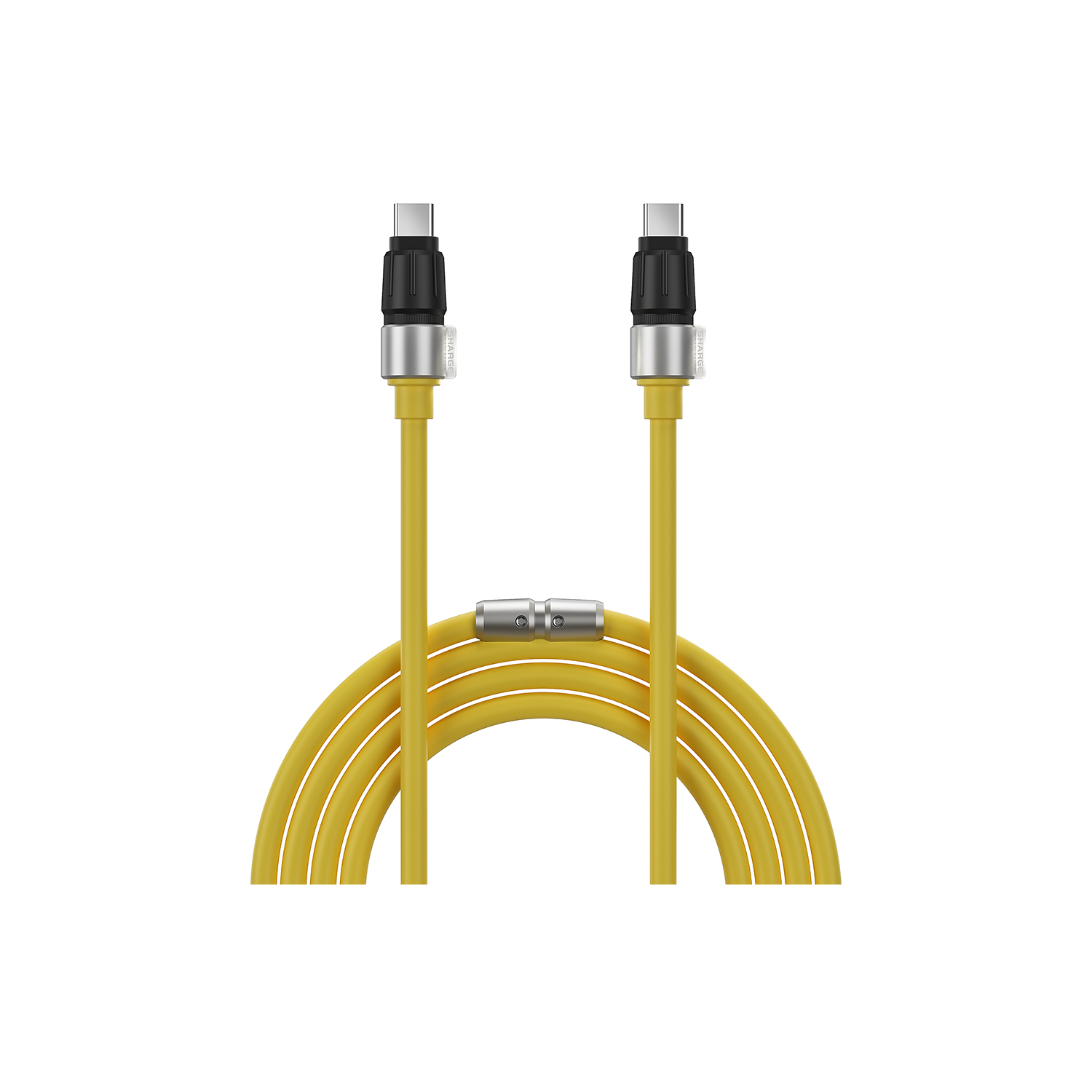The Evolution of Smartphone Chargers (All You Need to Know)
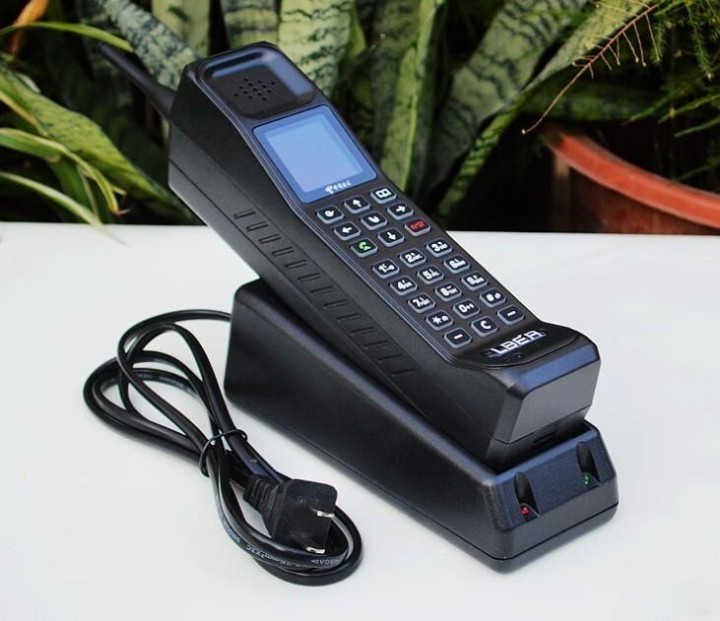
Base-plugged Chargers
In 1983, Motorola introduced the world's first mobile phone, the Motorola DynaTAC 8000X. As mobile phones needed to move with people, they had to break free from the constraints of direct power connections. Motorola equipped the first mobile phone with a base-plugged charger, marking the beginning of a close relationship between mobile phones and chargers.
As an essential accessory for mobile phones, chargers have born the mission of extending the battery life from their inception. However, early chargers were limited in both charging form and efficiency. Charging the Motorola DynaTAC 8000X to full capacity took over ten hours, and even with a full charge, it could only provide 30 minutes of talk time. But technology has continually progressed, and humanity has overcome this issue in the days that followed.
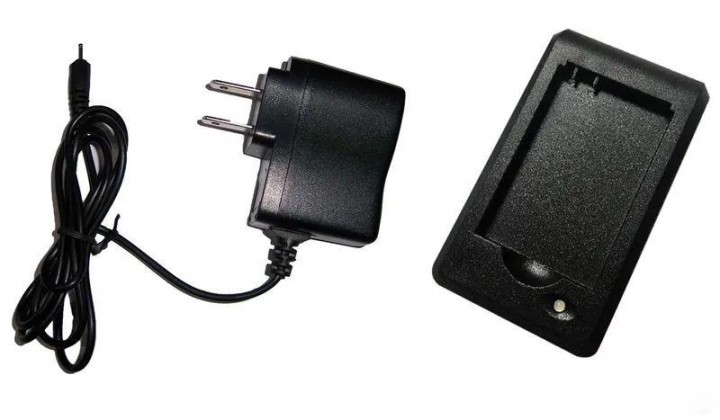
Integrated Chargers
The year was 1992 when Nokia introduced the world's first commercially available portable phone – Nokia 1011. With dimensions of only 195x60x45mm, the phone housed a 900mAh nickel-cadmium battery, providing 90 minutes of talk time and 12 hours of standby time.
The charger that came with this phone was already a common type used by people at the time. However, the charging cable and plug were inseparable. If the charging cable was damaged, you had to change the entire charger. There was also an alternative solution in the form of a battery charging dock, allowing users to charge the battery by placing it in a charging slot. This was a good option if you had a replacement battery, but it could only charge batteries of specific sizes.
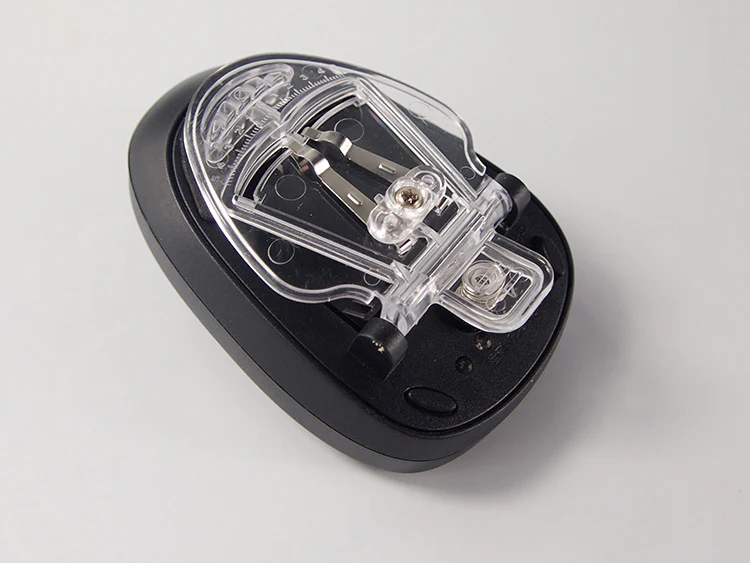
Universal Chargers
In 2003, as the major mobile phone manufacturers gradually expanded their presence in the 21st century, a variety of phones with different charging interfaces flooded into the market due to a lack of standardization. In order to facilitate portability and meet market demands, the universal charger was born.
Derived from the aforementioned dock charger, it could cater to the charging needs of most phones. It featured two adjustable metal contact springs and a transparent clip to securely hold the fixed battery. Despite its seemingly simple design, this accessory became an essential item for thousands of mobile phone users. Today, it exists only in the memories of people.
Detached chargers
In 2007, the first iPhone released by Apple disrupted the charger market of the embedded battery era. The introduction of non-removable batteries directly led to intense competition in the charger industry. If the previous competition in the mobile charging market revolved around batteries, the era of non-removable batteries brought chargers into the realm of competition. Apple's iPhone utilized a 5V1A detachable direct charger. In the same year, many countries implemented policies to standardize charger specifications, making chargers with detachable heads and cables the mainstream in the market.
Also in 2007, during the International Telecommunication Union Telecommunication Standardization Sector's (ITU-T) fifth study group (SG5) plenary meeting in Geneva, Switzerland, the adoption of Micro USB as the standard for mobile phone chargers was approved. This effectively meant a global standardization of mobile phone charger interfaces.
Fast Chargers
In 2010, USB Implementers Forum (USB IF) officially promulgated the USB Battery Charging (BC) 1.2 protocol. This was a milestone as it allowed the charging current to reach 1.5A, achieving a charging power of 7.5W.
In 2011, with the release of the Samsung Galaxy Note, a groundbreaking change occurred in the included charger. For the first time, the output voltage was set at 5.3V, deviating from the conventional 5V output voltage. Many users soon noticed that the charging speed of the Samsung Galaxy Note was much faster than other phones using 5V chargers. From that point on, the concept of "fast charging" emerged.
Subsequently, various mobile phone manufacturers entered the market with their own fast chargers. They often adopted the USB-IF-established Power Delivery (PD) protocol standards, or Qualcomm's Quick Charge (QC) protocol. Additionally, many companies developed their own fast charging protocols, such as Huawei's FCP/SCP protocol, Samsung's AFC protocol, and OPPO's VOOC/SuperVOOC protocol, among others.
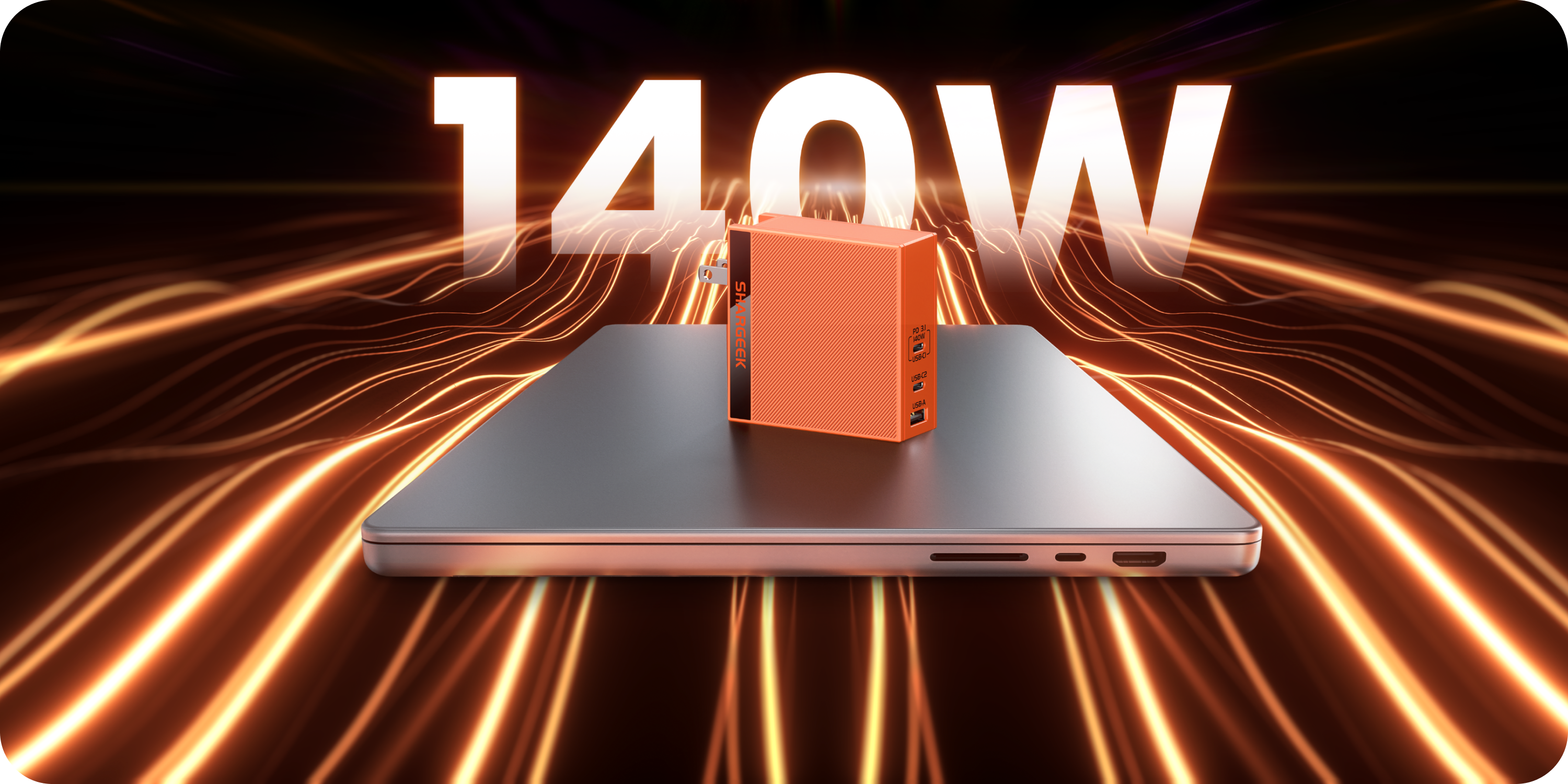
Wireless Chargers
Wireless charging technology can be traced back to 1978 when George Berkley, an American, set the precedent for wirelessly charging electric vehicles. In 1994, the Japanese company Murata Manufacturing announced the achievement of "magnetic coupling resonance." In 2006, the Massachusetts Institute of Technology (MIT) in the United States successfully conducted a 2-meter transmission experiment.
At the current stage, there are four main mature wireless charging technologies: electromagnetic induction, electromagnetic resonance, electric field coupling, and radio wave methods. Two widely recognized technologies for products like smartphones are electromagnetic induction and electromagnetic resonance. Around these technologies, three wireless charging alliance associations have formed: Qi, A4WPP, and PMA. Currently, the most widely used protocol in the communication field is Qi. This protocol uses electromagnetic induction technology to achieve wireless charging, supporting low-power and medium-power device charging, and is widely used in smartphones, smartwatches, and other devices.
Wireless charging has both distinct advantages and disadvantages, leading to opposing evaluations in the market. Disadvantages include slow charging speed, low conversion efficiency, and significant heat generation. However, the convenience of wireless charging is considered a significant advantage. Especially in my view, this one advantage is sufficient, particularly when traveling with a wireless charging-compatible power bank. With wireless charging, there's no need to deal with additional messy cables – simply placing the phone in contact with the power bank's induction coil initiates charging.
SHARGE has unique innovations in wireless charging technology. To address the issue of low conversion efficiency due to heating, SHARGE has equipped the wireless charging power bank ICEMAG with an active cooling fan.
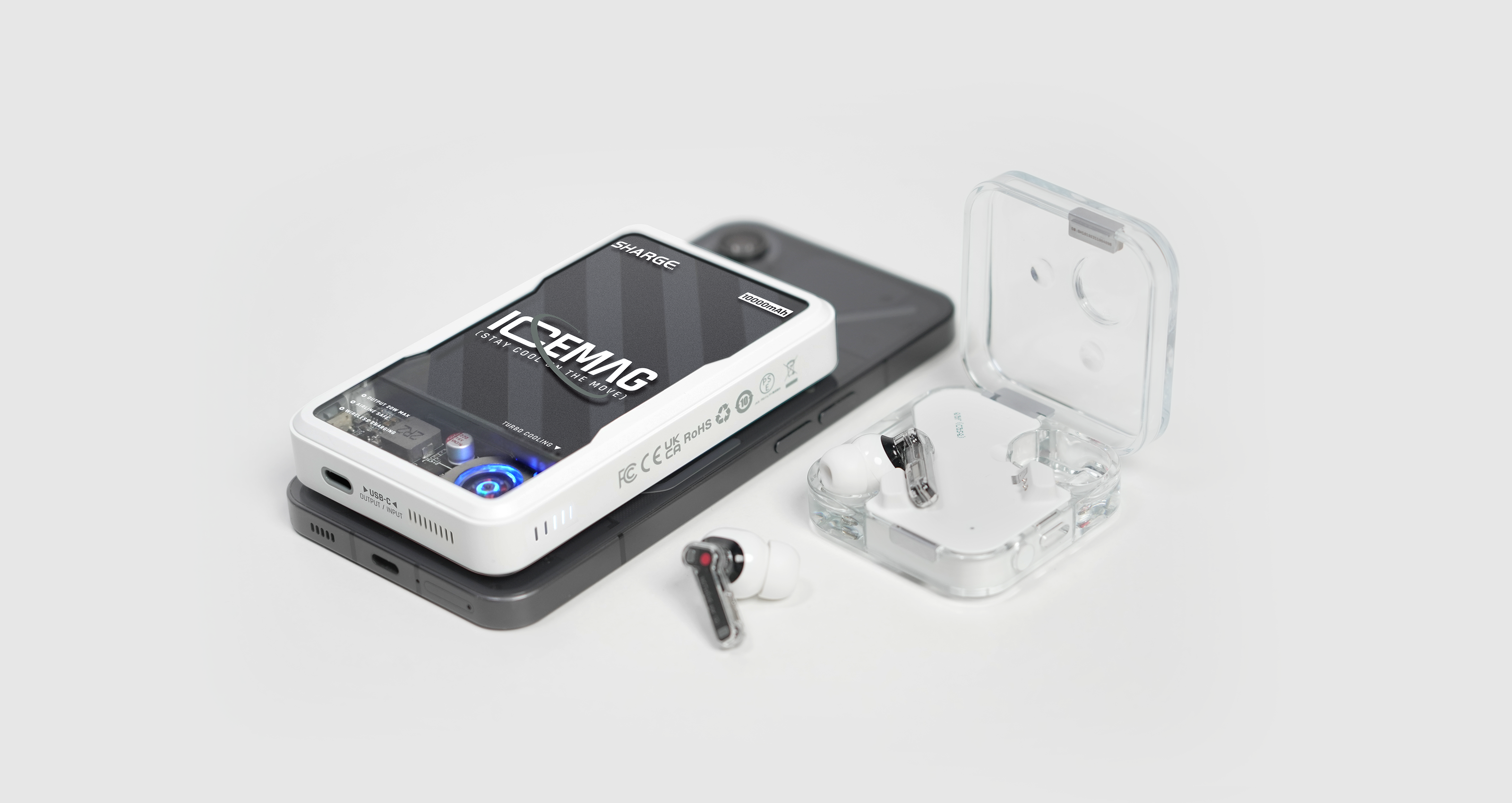
Gallium Nitride (GaN) Chargers
With the continuous advancement of technology, chargers are undergoing a new round of transformation, and the new semiconductor material Gallium Nitride (GaN) has begun to be applied to chargers. GaN has strong thermal conductivity, high-temperature resistance, and allows chargers to be made smaller. While increasing charging speed, it doesn't easily overheat, ensuring good safety performance. GaN chargers, whether single or multiple ports, are well-received in the market.
Chargers using GaN technology and the USB PD3.1 standard can achieve a maximum power output of up to 240W. At this point, chargers are no longer limited to charging phones; GaN chargers can also be applied in high-performance discrete graphics gaming laptops, Power over Ethernet (POE) in the security field, electric bikes, IoT devices, and other areas.
The SHARGE 140W charger adopts the PD3.1 standard and GaN technology, supporting a maximum output of 140W. Compared to traditional chargers, it is significantly smaller while maintaining stable performance.
The SHARGE Retro 35 and Retro 67, two portable chargers with a Macintosh-inspired design, utilize GaN technology. They achieve an optimal balance between size and output power, incorporating creative features such as illuminated screens, making them the best choices for daily use.
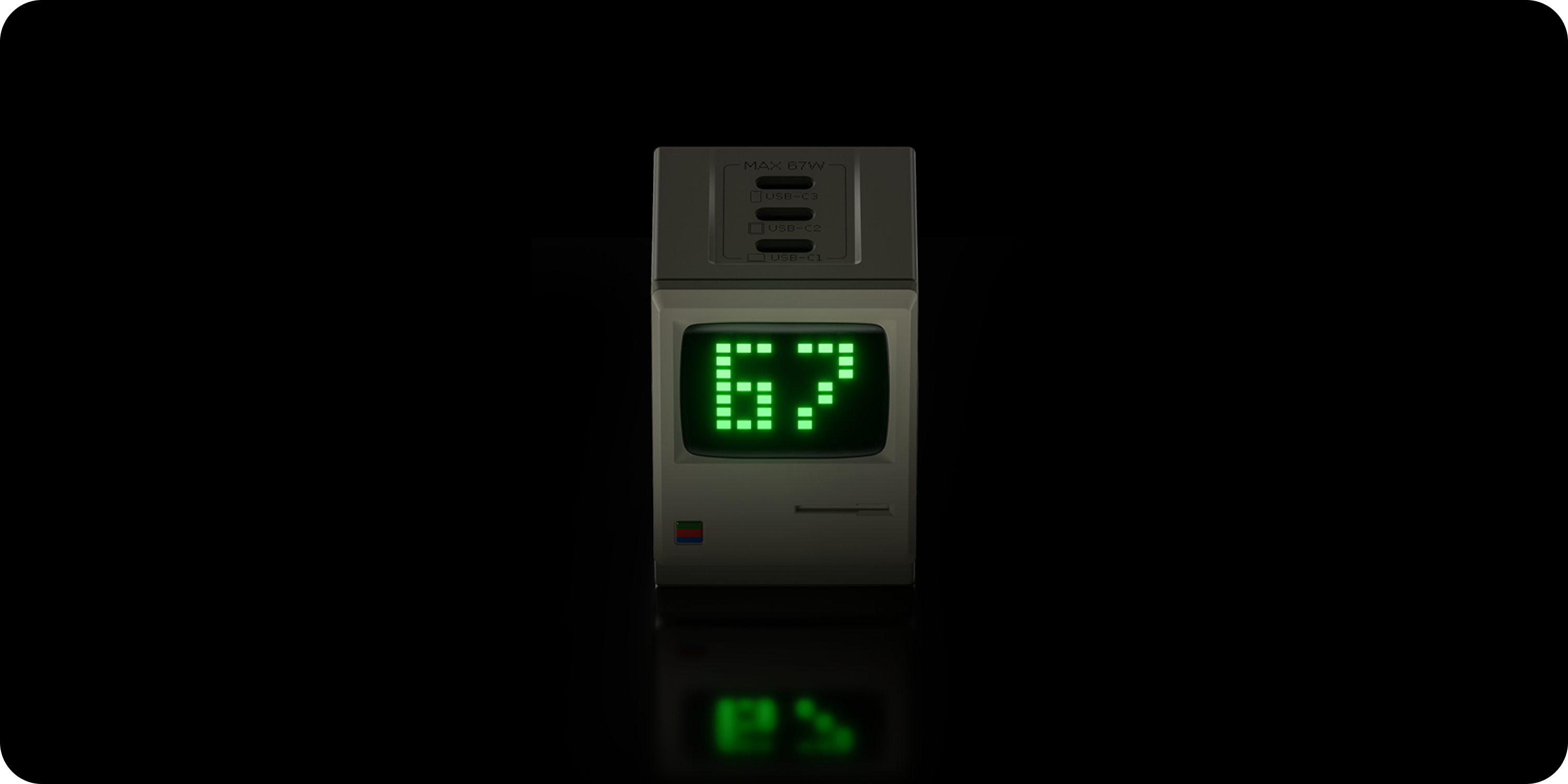
Blog posts
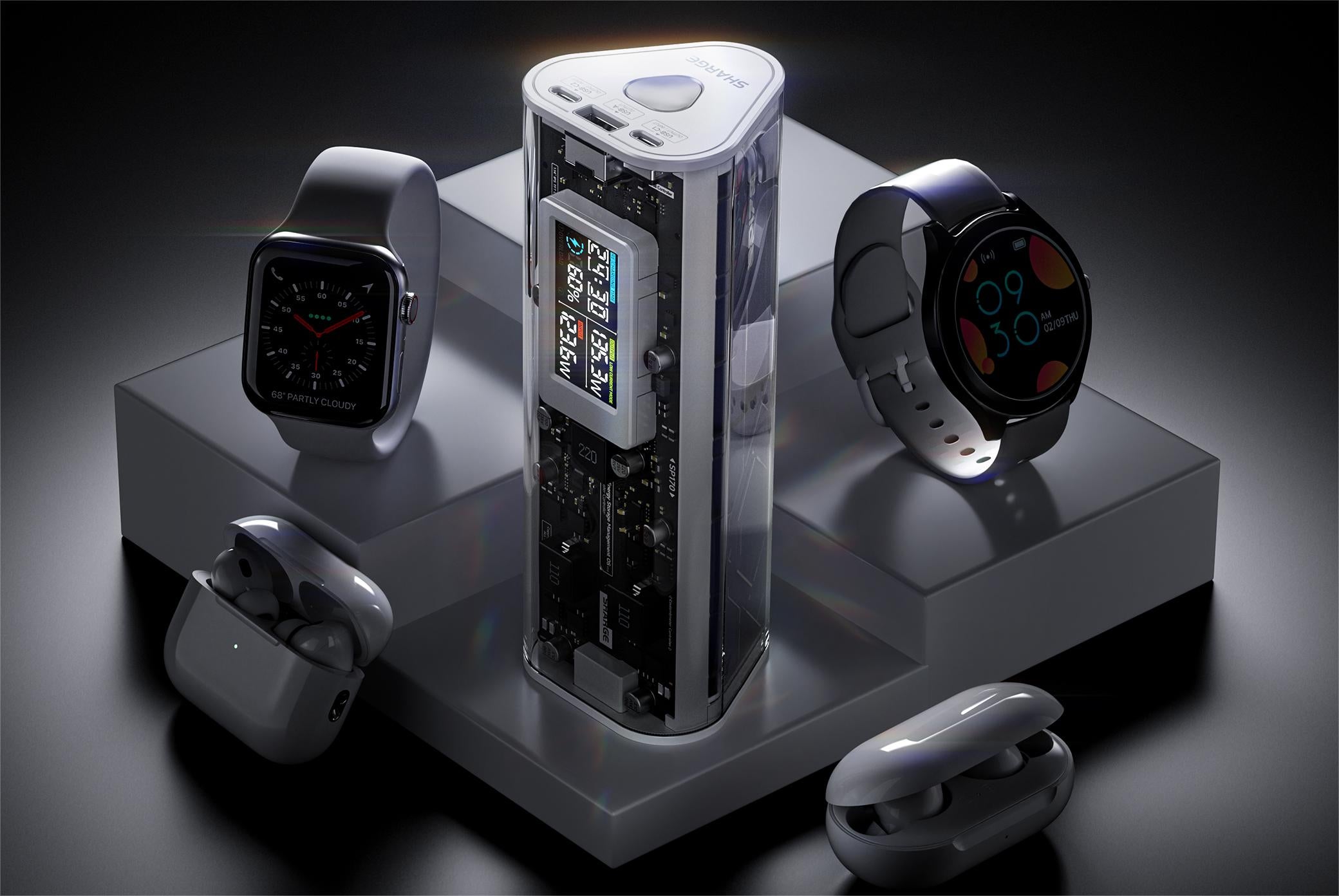
The Secret Sauce Behind Efficient Charging for Low-Power Devices
In today's digital age, our reliance on portable electronic devices has never been greater. From smartphones to smartwatches, these gadgets have become indispensable tools in our daily lives. Howev...

【Giveaway】Fresh Start Spring Sale: Power Up with Our Mobile Power Bank Deals!
Spring has sprung, and with it comes the perfect opportunity to kickstart the season with our Fresh Start Spring Sale! At SHARGE, we're excited to offer you incredible deals on our top-of-the-line ...
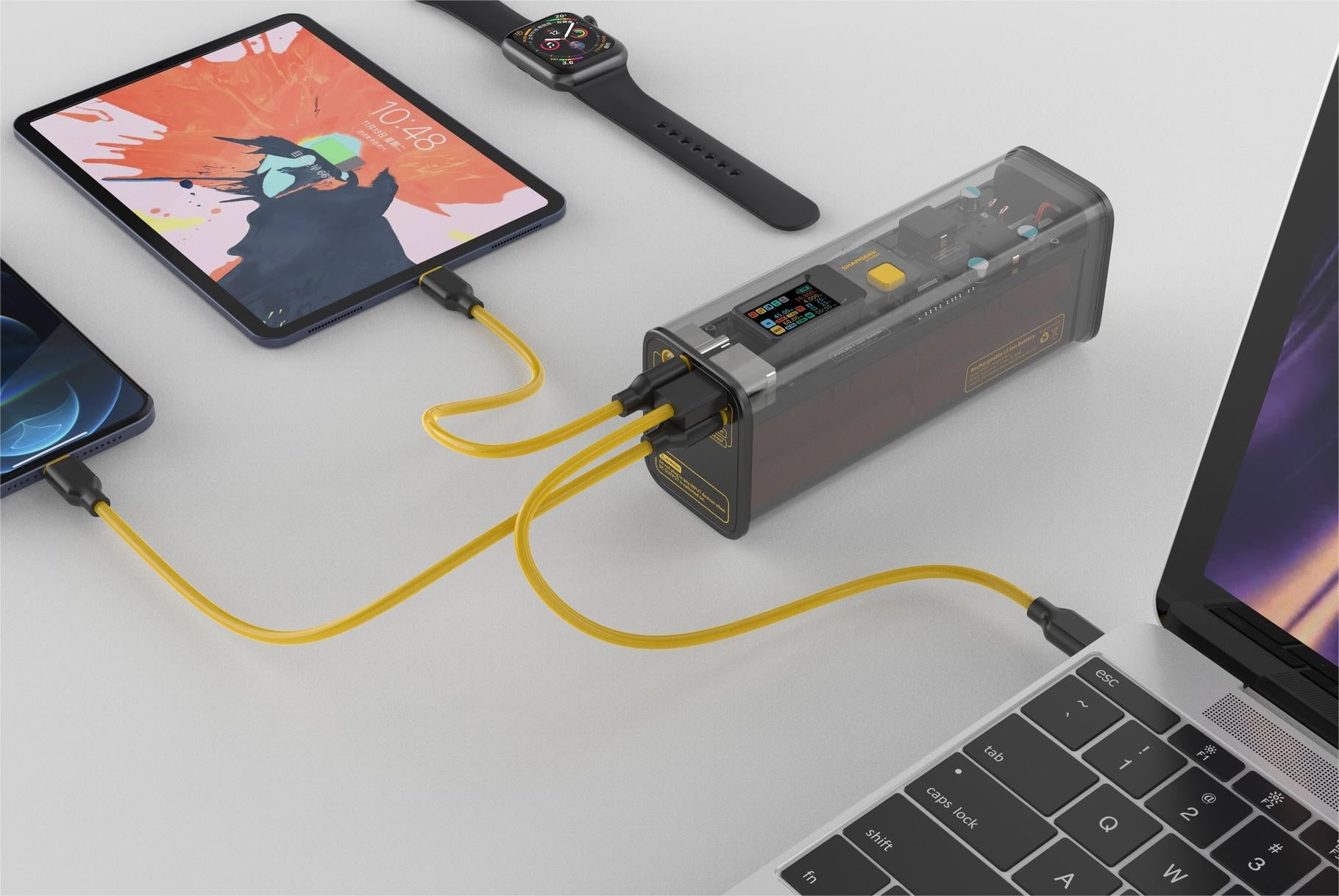
In today's interconnected world, where our electronic devices serve as lifelines to information and connectivity, power banks have emerged as indispensable companions, ensuring our devices remain c...




